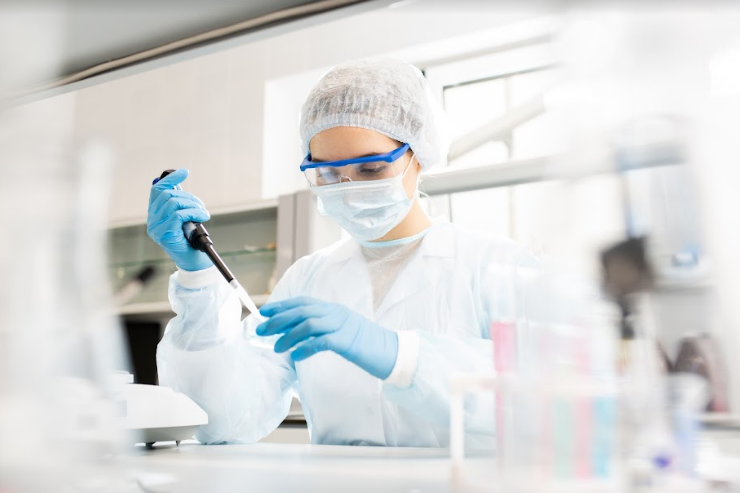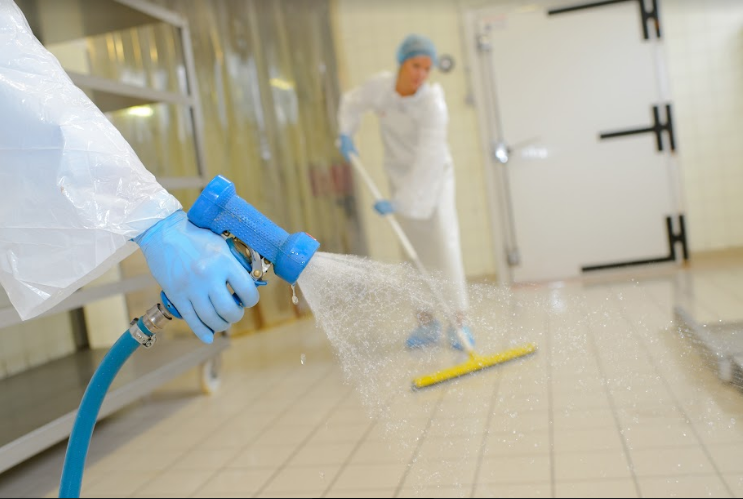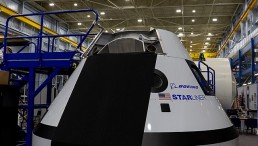Laboratories are responsible for some of the most significant advancements in modern society. Students and regular staff often occupy these environments in educational and research facilities. However, biological, physical, chemical, and other laboratories can potentially cause pollutants to be released into the air. Such substances may risk the health of the environment and those in it.
Maintaining air quality is essential in such facilities. If the air quality is at risk, immediate steps need to be taken to improve it. Resources from organizations, such as the Occupational Safety and Health Administration (OSHA) and the Environmental Protection Agency (EPA), offer reliable information on improving indoor air quality.
Knowledge and action are key to improving air quality and mitigating potential health risks inside and outside a laboratory
Why regular monitoring is important

The capability to measure indoor air quality (IAQ) is beneficial in any laboratory setting. The first step in improving IAQ is knowing when it needs attention. Regular monitoring can alert lab monitors of potential risks before they become serious problems. Tools like KECO gas analyzers are great for detecting the presence of harmful gases in indoor environments.
Additionally, polluted air can enter from outside. The Trace Atmospheric Gas Analyzer (TAGA) can assist with determining if there are any external contaminants. TAGA is a mobile laboratory designed to detect outdoor air pollutants. Monitoring both interior and exterior is critical to efficiently maintaining IAQ.
The signs of poor IAQ
Monitoring the internal environment with tools is necessary. Additionally, observing people working in the laboratory can identify potential problems. People may also exhibit symptoms while inside the lab. Minor symptoms include irritation of the sensory organs, like the eyes and nose. More serious symptoms include breathing difficulties, coughing, headaches, fatigue, etc. The symptoms may differ depending on the nature of the laboratory and pollutant.
If such symptoms appear in multiple individuals, it can be a sign that the air quality in the lab is the culprit.
How to improve indoor air quality
Monitoring and understanding the signs is how to detect poor IAQ before it becomes a serious problem. Here's what can be done to improve or prevent poor air quality in a lab:
1. Know what you're up against
Know where to look for causes and contributors of air contaminants. Poor IAQ can arise from any number of contributing factors. Firstly, lab equipment, specimens, materials, and tools can emit harmful substances into the air. These are often controllable, as discussed further down.
Overall hygiene and cleanliness can become an issue if not kept to a standard. For example, moisture can promote the growth of mold, fungi, and bacteria, which can produce spores that compromise air quality.
2. Stop it at the source
Most laboratories are home to equipment and other potential pollutant emitters. Controlling these pollutants at the source is an effective means of improving air quality. The best way to do this is by targeting individual sources and doing what you can to eliminate or control their emissions. The goal is to reduce the emission rate of harmful substances into the air.
Controlling potential harmful emissions could include ensuring that any unused gas tanks are securely closed, fume emissions are minimized, toxic powders are sealed, substances that can produce harmful gases are secured, etc.
3. Improve ventilation and promote airflow
Poor ventilation can allow air pollutants to linger and accumulate. On the other hand, improving ventilation allows air from outside to circulate inside the lab. Allowing fresh air to circulate will lower the concentration of harmful pollutants in the air, improving IAQ. More fresh air flowing in means more bad air flowing out. Ventilation is crucial during and after experiments that produce potentially harmful gases.
For example, sugar dehydration is a simple and popular experiment demonstrating exothermic reactions. However, this experiment releases excess water and carbon dioxide as gases. Exposure to CO2 may induce headaches or cause difficulty breathing. Efficient ventilation and airflow should be ensured before, during, and after the experiment to prevent the risk of these effects.
Improving ventilation and airflow involves opening windows when the outdoor weather allows and using air conditioners. Fans are excellent at enhancing airflow and can help even in rooms without windows.
4. Cleanse the air
According to the EPA, air cleansing is an effective strategy for controlling IAQ, especially when used alongside source control and ventilation. Most air cleaners excel at removing particles from the air. Air cleaners can also help when ventilation and source control are inadequate.
Ideally, the best air cleaner would have a high collector and air-circulation rate. In other words, it should be capable of collecting particles and promoting airflow; an air cleaner that lacks any one of these qualities is inefficient.
Air cleaners make a difference in IAQ. Heating, ventilation, and air-conditioning systems (HVAC) are popular air cleaners and are often used in office settings and laboratories. Unlike small desktop air cleansers, these systems are designed to promote indoor air quality on a larger scale.
Of course, the air cleaner must remain active alongside other air-quality control systems. Using an air cleaner to remove most particles is fine. However, neglecting ventilation would be inadequate, as harmful gases would still be in the environment.
5. Keep things clean
Air quality comes down to more than just what's in the air. Dust buildup, moisture, and poor hygiene can add extra particles and pollutants to the atmosphere.
For instance, excessive dust buildup on shelves can be swept into the air. Dust buildups cause more particle pollution, which can trigger allergic reactions in individuals.
6. Ensure that employees are aware of precautions
IAQ can affect the people who use a laboratory. At the same time, those using the lab directly affect IAQ. While the responsibility of maintaining an overall healthy internal environment may belong to a lab monitor, everyone involved contributes toward health and safety inside their workspace.
Ensuring that standard guidelines are followed inside the lab is a great way to maintain air quality. Students or employees should be enjoined to clean up after themselves, ensure all pollutant emitters are contained, open windows when necessary, and follow all health and safety procedures.
Conclusion
Maintaining good air quality inside a laboratory is a critical factor in protecting the health of those who use it. Laboratories often produce gases and other substances that can contaminate the air. Fortunately, air quality can be improved by following the precautions and strategies described in this article.
Monitor the air, watch for signs, ventilate, and keep everything clean. Do this, and you'll minimize the risk of air quality turning into a serious health hazard.
* This is a contributed article and this content does not necessarily represent the views of sciencetimes.com















